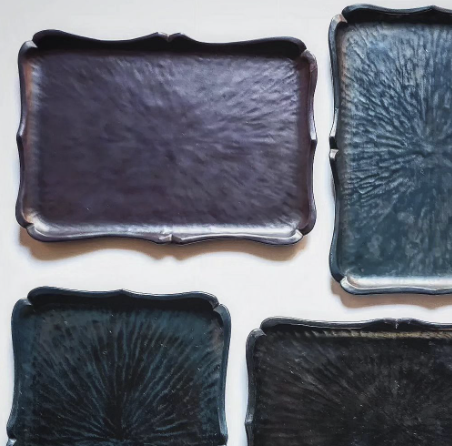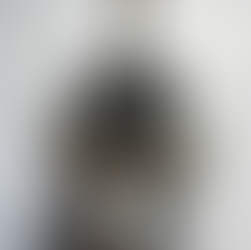TAKARA 20 Mihoko Morimoto (Kanagawa pref.)
- NORI Kuriyama

- Jan 20, 2024
- 1 min read
KAMAKURA-BORI(carvings). Morimoto told me that Kamakura City in Kanagawa Prefecture, where the samurai government was born, actively introduced Chinese Zen Buddhism culture from the Song Dynasty in China and that the roots of KAMAKURA-BORI are carved lacquerware (lacquerware carved with multiple coats of lacquer) from China for Zen temples. In other words, KAMAKURA-BORI began with advanced wood carving techniques and lacquer coating of wood carvings, which were highly prized as Buddhist ritual utensils by Buddhist priests.
KAMAKURA-BORI is often associated with camellia patterns. The relationship between Japanese art and camellia is mentioned in the "Chronicles of Japan" as a sacred tree. It is even used as a flower and utensil in the winter and spring tea ceremony. Camellias are modest yet dignified, and some types are even bold. The fact that it has little or no fragrance may be another reason why it is favored in Japanese culture.
Although she studied fine arts, Morimoto, who became seriously involved in KAMAKURA-BORI when she married, told me that her work still evolves through repeated trial and error.

1969 Born in Tokyo
1993 Graduated from Musashino Art University, Department of Japanese Painting
Worked for a textile design company
KAMAKURA-BORI, when she got married








